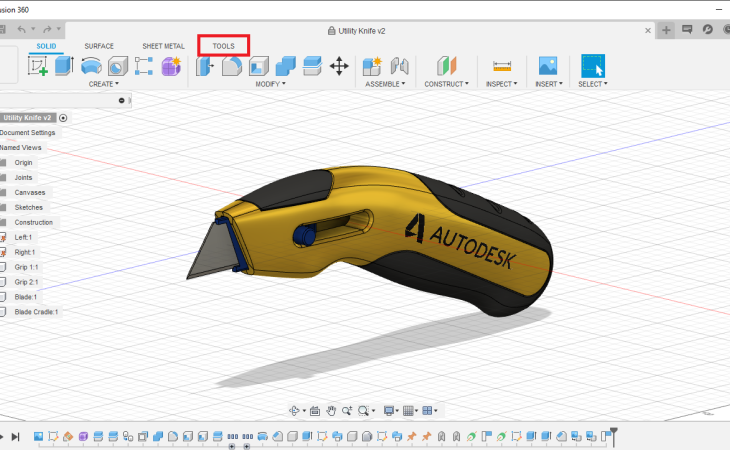

Zo = the elevation of the starting point. So, the full (guessed only, sorry!) set of the equations is:

It's the starting elevation of the curve. From elementary differential equation solution tables one can see, that Z coordinate of the curve must depend on the place in XY plane as follows: Z=(Zo)exp(kAV). We can combine it with the"sitting on a cone" -condition R=AZ and get a new differential equation (dZ/dV)= kAZ. We have differential equation (dZ/dV)=kR (see NOTE1) The tangent of the angle of attack is the same as the rise rate of the spiral, =k in the previous image. The length of the XY-plane projection of the green curve is RdV:īut in the guess of the meaning of the angle of attack the rotation also happened in XY-plane i.e. Why? Let's assume the previous green piece of the spiral was got by advancing along the spiral a short distance which changes the placement in the XY plane polar coordinates a small angle dV (in radians). The XY-plane projection of the spiral must be logarithmic spiral.

If A=0,5 the spiral radius grows 0,5 mm for every millimeter rise along the Z axis. We can write for example R = AZ where A is a constant. It means that the radius of the spiral (=R) changes linearly along the Z-axis. The pitch changes non-uniformly so that a short piece of curve whips air by being positioned to a certain predefined angle against the airflow when the spiral is rotated around its axis:Īssuming that guess is OK and using the Z-axis of the ordinary XYZ coordinate system as the spiral axis we can write a few facts The guess is: You want a distorted tapered helix which is still on a cone, but it's not linear. I am not an exception so you get only a guess. Some of us may well know something of it, but most of us in GDSE draw and mangle 2D images and make layouts, so do not expect a flood of answers. You used term angle of attack which sounds like it's taken from turbine or airplane propeller engineering.


 0 kommentar(er)
0 kommentar(er)
